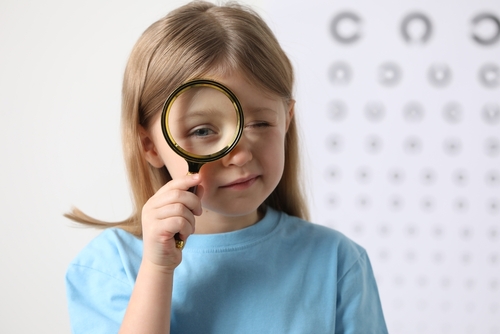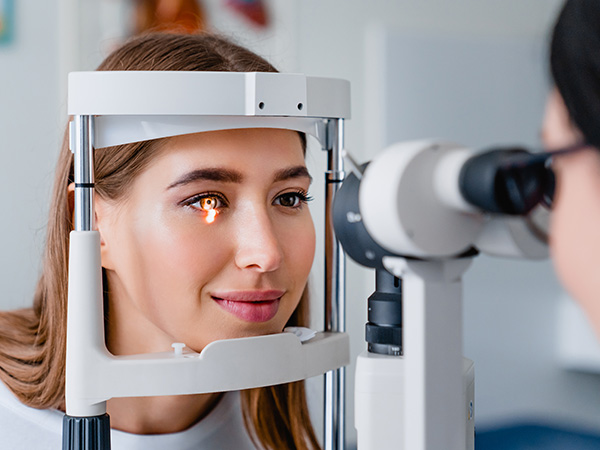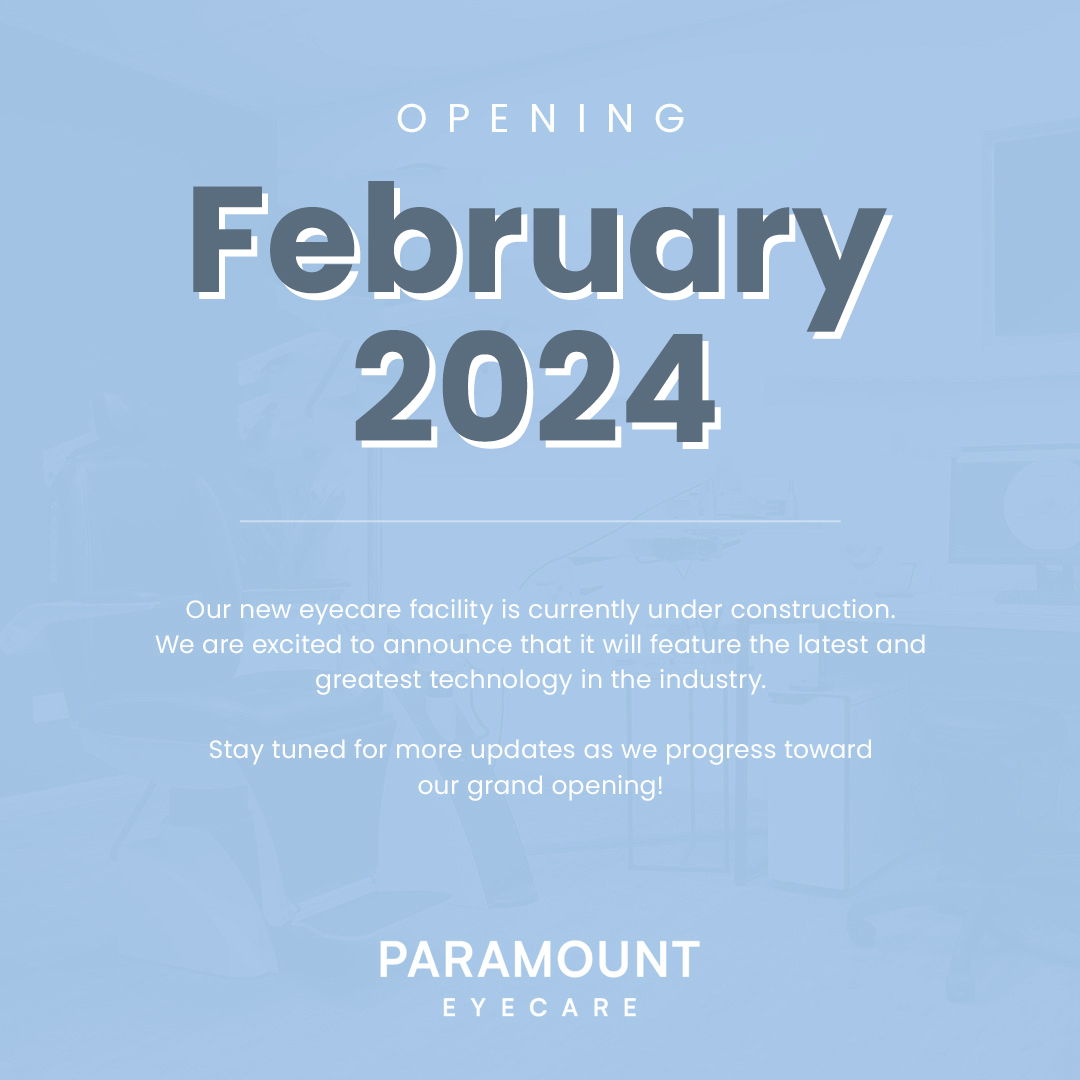
What is Myopia?
Myopia, also known as nearsightedness, is a common vision condition where distant objects appear blurry while close objects remain clear. It happens when the eye grows too long from front to back, causing light to focus in front of the retina instead of directly on it. Myopia often begins in childhood and can progress as children grow.
Why Myopia Matters
Myopia is more than just needing glasses to see clearly, it can increase the risk of serious eye health problems later in life, especially as prescription strength increases. When it comes to young children who have myopia, more simply put, the eye is growing too long and too fast. This puts extra strain on the retina as it stretches to keep up with the increased growth or elongation of the eye. This can lead to potential eye diseases later in life. People with higher levels of myopia have a higher risk or likelihood of developing:
- Retinal detachment - a potentially vision-threatening condition where the retina pulls away from the back of the eye, which may end in vision loss or blindness if left untreated.
- Glaucoma – a progressive disease that damages the optic nerve and can lead to permanent peripheral vision loss and blindness.
- Cataracts – clouding of the natural lens inside the eye that can cause blurred vision and temporary blindness until removed surgically.
- Myopic maculopathy – degeneration of the central retina that can cause permanent vision impairment.
Myopia Management Treatment Options
While traditional glasses correct vision, they do not slow the progression of myopia. Today, there are scientifically proven treatment options that can help manage the rate of myopia progression in children and young teens.
- Orthokeratology (Ortho-K)
Specially designed contact lenses worn overnight gently reshape the cornea while sleeping, providing clear vision during the day without glasses or contacts. Ortho-K has been shown to slow the progression of myopia in many children. - MiSight® 1-Day Contact Lenses
These soft daily disposable lenses are FDA-approved for slowing myopia progression in children ages 8–12 at the start of treatment. They provide clear vision while also working to reduce the rate of eye growth. - Atropine Eye Drops
Low-dose atropine drops, used once daily at bedtime, have been shown to help slow the progression of myopia. This treatment is often recommended for children who may not be ready for contact lenses or as part of a combined approach.
The Importance of Regular Check-Ups
Myopia management is most effective when monitored closely. Regular eye exams allow your optometrist to track changes in your child’s prescription and eye health as well as adjusting the treatment plan as needed. Early detection and treatment, and consistent follow-up are key to protecting your child’s vision for life.
Take the Next Step
If your child has myopia or you’ve noticed they’re struggling to see the board at school, squinting, or sitting too close to the TV, schedule an appointment with our office. Together, we can create a personalized myopia management plan to help safeguard their vision for the future.








